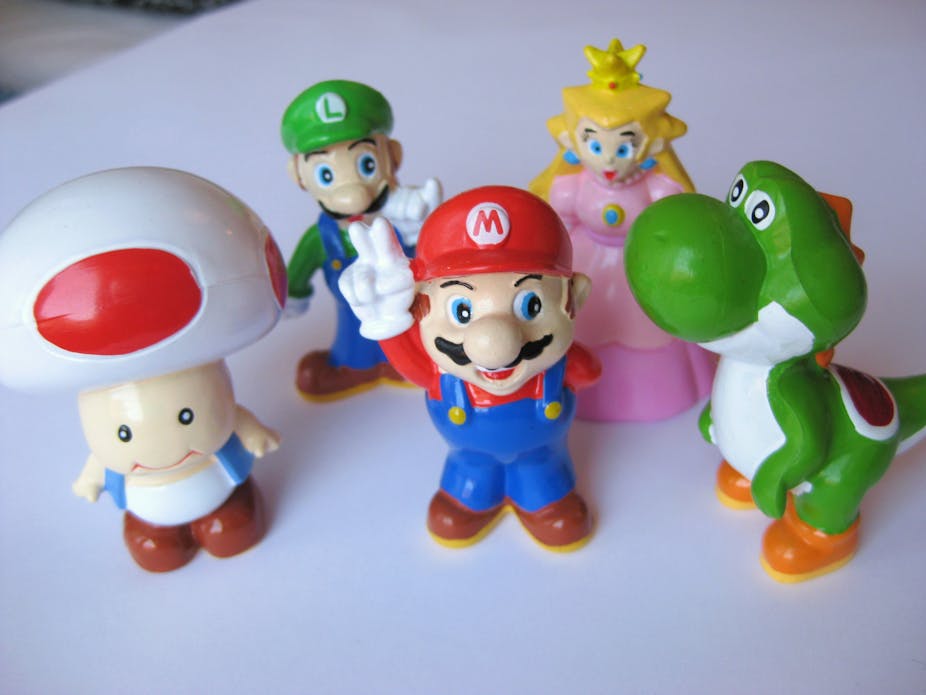The death of Hiroshi Yamauchi marks the end of an extraordinary career that spanned 53 years, during which the Nintendo president not only changed a company but left his mark on the very nature of the videogames industry.
Yamauchi joined Nintendo in 1949 as president. Thereafter, a small outfit that produced playing cards became a toy company during the mid-1960s and eventually grew into a global videogame corporation.
Yamauchi’s crucial contribution to the “Nintendo difference” is in building a reputation for promoting family-centric play. Videogames series such as Pokemon, which has sold nearly 220 million units, and the Mario games, which have landed the company 500 million sales, are two of the most well-known success stories in this respect.

Yamauchi’s approach was perhaps best exemplified with the launch of the Wii console - even though it didn’t enter the market until after he retired. The Wii was explicitly defined as a console open to families which had motion control and accessibility embedded into its very design.
This thinking can be traced back to Yamauchi. Nintendo’s first console was known as the Nintendo Entertainment System in the West but was originally christened the Famicon - short for “family computer” - in Japan.
In 1993, Nintendo proved its commitment to family-centrism during the controversy over the game Mortal Kombat. The company’s main rival Sega released a version of the game that featured blood and violent finishing moves. Nintendo cleaned up the guts and gore and sold a less violent version of the game to its console customers. Sega outsold Nintendo 3:1 in the US. Nevertheless, the furore around the game unleashed an unprecedented debate about videogame violence across the US political establishment.
The “Nintendo difference” also extends to matters of videogame design and aesthetics. For example, the Nintendo 64 was the first console to be released with four controller ports to encourage split-screen family gaming. It also saw the introduction of crucial innovations within contemporary console design in the form of the analogue stick, with the game Mario 64 ushering in 3D gameplay.
Gaming on the go, gaming for all
Perhaps the greatest legacy of Yamauchi’s Nintendo corporation, however, is the explosion of accessibility in gaming. The Gameboy, launched in 1989, and Gameboy Colour 1998, together shifted nearly 120 million units and marked the beginning of the proliferation of mobile technology and the growth of ubiquitous gaming.
Crucial to Yamauchi’s vision for handhelds was an association with the aim of opening up the games market to women and children. Searching for a game to demonstrate the importance of handheld play, Nintendo acquired the licence to Tetris - a social phenomenon that sold more than 35 million copies - and bundled it with the Gameboy in the US.

Tetris was highly accessibile. This could clearly be seen not only in its aesthetic design but also in its simplistic controls. It was thus the perfect fit for the handheld but also broadened the appeal, particularly among women, who have increasingly become a crucial part of the videogaming market.
In a similar way, the release of Pokemon in the late 1990s on Gameboy was also crucial, demonstrating that compelling games could be sold to adults and children alike.
The importance of this drive towards accessibility for our understanding of the relationship between gender and play cannot be overestimated. Nintendo was at the vanguard when consoles were moving out of the bedroom and into the living room, shifting the demographics of play from primarily men and boys to families, with significant growth in engagement by women and girls.
The development of handheld games machines also opened up what may be termed the “private space for play”. On a handheld device, failure is not displayed publicly, so less experienced players - frequently identified by Nintendo as girls and women - felt more confident when starting out in gaming.
Cumulatively, the legacy of Yamuachi’s time at Nintendo is nothing short of extraordinary. During his time he oversaw the transformation of the videogames industry from niche to global, building Nintendo into a major corporation with iconic characters. Nintendo and Yamauchi, and their contribution to the growth of ubiquitous gaming, are why we all have at least one game in our pockets at any one time today.

